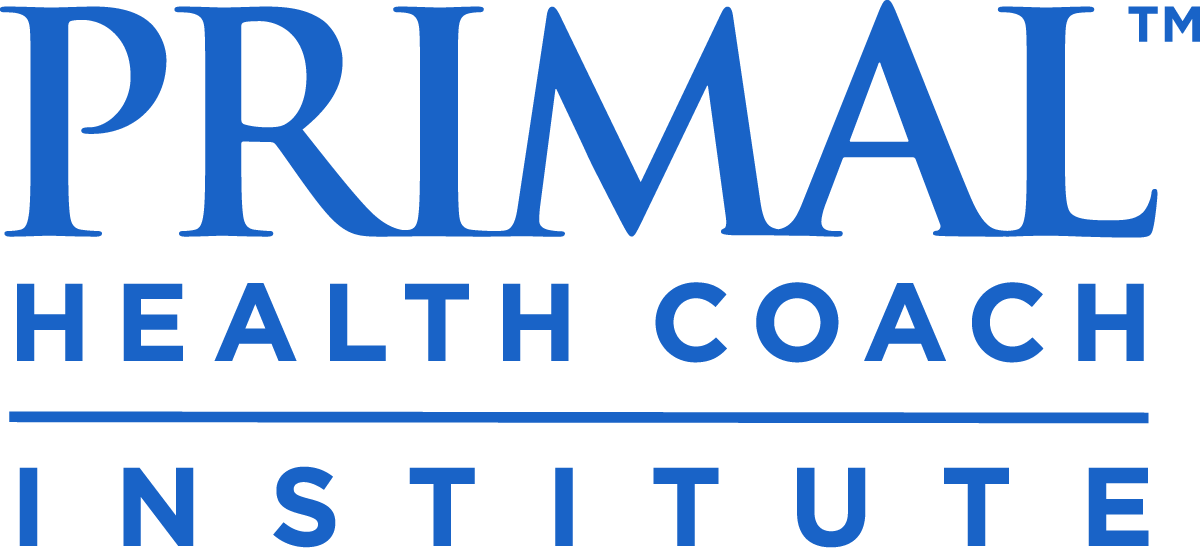
If you’ve been following along for the past few weeks, you know we’ve been talking about, well, talking. Specifically, hosting webinars and in-person speaking events to spread the word about what you do as a health coach and how great you are at doing it.
Maybe you’ve got a few ideas for your niche-specific topic and you’ve decided which platform to use (if you’re going the webinar route). But if you’re still thinking, “I feel so awkward speaking in public” or “I have no idea what to say,” read on.
Even if you’re not a natural at public speaking, everyone can learn how to improve their skills. And in today’s post, I’ll be sharing three tips for doing just that.
1. Watch Other Speakers in Action
There’s a reason TED Talks get millions of views. With less than 20 minutes to capture the audience’s attention and get a message across, these presenters know what works and what doesn’t on stage. Same goes for commencement addresses from the likes of Steve Jobs and Oprah Winfrey, or motivational speeches from the legendary Les Brown.
They’re all talking about different topics, however, there a few consistent things you can emulate:
- Have a good opener. Start with a thought-provoking question, a staggering statistic, or a compelling, authentic story that ties into your talk. Don’t waste time apologizing for technical issues or attempting an unrelated joke. Check out what some of the best TED Talk presenters have used for openers here.
- Be relatable. Whether you’re coaching a client one-on-one or speaking to thousands of leads, sharing the highs and lows of your struggles (and how you overcame them) in a genuine way can help you connect on a deeper level and establish rapport.
- Choose one message. The one thing incredible speakers all have in common is that their message is singular, clear, and concise. What problem are you solving for your niche audience? Figure that out and stay focused on the one key point you want them to remember.
- Let your personality come through. You might think you have to act ultra-professional or serious, but if that’s not who you are, don’t do it. Being yourself ends up giving you more credibility, especially if it’s consistent with the brand voice you’ve developed and use on your health coaching website, blog posts, and social media pages.
- Pay attention to body language. Sometimes non-verbal communication is stronger than what you actually say, so try not to cross your arms, clutch your hands, or nervously touch your face while speaking.
- Tell your attendees what to do next. Do you want them to clean the processed food out of their pantry? Sign up for a session with you? Or write down one takeaway and integrate it into their life? Be clear on what action you want your audience to take before wrapping up your webinar or talk.
2. Practice, Don’t Memorize
As the old saying goes, practice makes perfect. But when you’re delivering a talk—especially about something as vulnerable and transformational as health and wellness, perfection can feel ingenuine. So, instead of practicing so much that you have your speech memorized, rehearse it so you know your material, but can deliver it from a place of authenticity.
Here are some other tips:
- Read it out loud. You never know when a word or phrase might trip you up. Maybe you’ve inadvertently included a tongue twister, or you actually don’t know how to pronounce gluconeogenesis. Reading it out loud is a smart way to catch those things (and make adjustments) ahead of time.
- Practice in the actual setting. Will you be sitting at your computer? Standing in a yoga studio? Moving around on a stage? If so, practicing in the shower won’t have quite the same impact. Even if you don’t have access to the venue where you’ll be speaking, find a space that feels similar to it and act as if you’re there.
- Grab an audience. Your family and friends want you to be successful, so don’t hesitate to ask them to be your test audience. If no one’s available, practicing in front of your pets works, too.
- Record yourself. Some people hate this, others swear by it. But regardless of where you are on the topic, watching a recording of yourself can help you figure out what you like about your presentation and what needs improvement. Pick two or three things you want to work on, and record yourself again to see your progress.
- Make notes vs. scripting. If your talk is written out word-for-word, you might be tempted to read it that way. And that can come off as stiff and unrelatable. Try using bullet points or key words to remind you of what you want to say next.
3. Get Your Mindset Right
There’s a quote that goes, There are two types of people in this world: those who walk into a room and say, “well…here I am!” and those who walk in and say, “ahh, there you are!” If you’re new at public speaking, it’s absolutely normal to feel nervous, but it’s also important to remember that your talk isn’t about you—it’s about your audience.
If you’re worried about how you sound, how you look, or that you don’t know enough, you’re stuck in the mindset of thinking about yourself, which can derail you even before you step onto the stage (or in front of your computer).
Instead, think about how you’re serving your audience. You’re the expert in primal living, balancing hormones, or avoiding burnout. What information do you have that can enrich the lives of your niche? Be confident. The information you have is worth sharing, and no one says it just like you will. No one cares if you say “ah” or “um” a few times either, so don’t apologize or downplay what you’re saying.
Having the right mindset can make or break any presentation. That’s why it’s so crucial to take a few minutes beforehand to set yourself up for success and get in the right state of mind.
Conclusion
With the right tools, anyone can be great at public speaking. If you’ve been hesitating about hosting your first webinar or pursuing an in-person talk, follow these three tips and you’ll be a pro before you know it.
- Watch other speakers in action
- Practice, don’t memorize
- Get your mindset right



